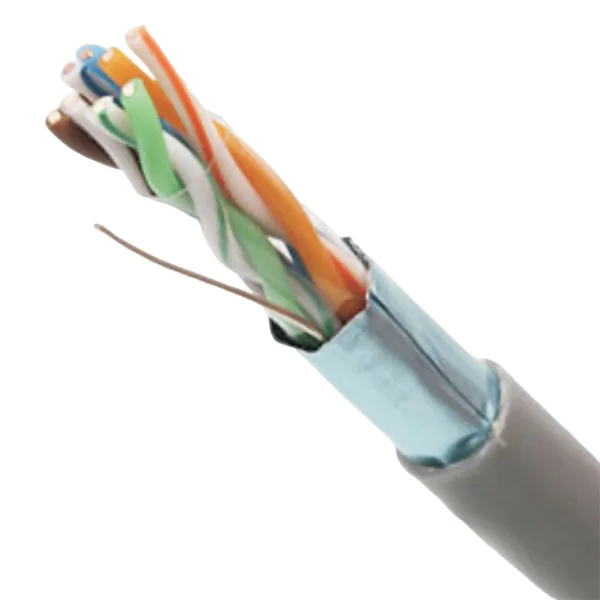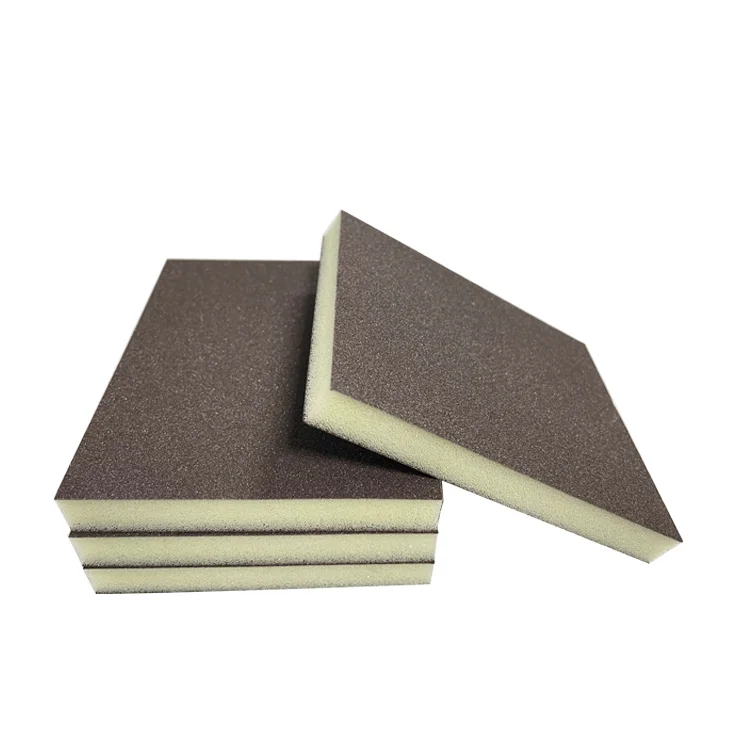When it comes to home electrical systems, light switches are often taken for granted until they malfunction. A faulty light switch can lead to inconvenience, safety hazards, and increased energy costs. Understanding how to identify a bad light switch is crucial for homeowners and DIY enthusiasts alike. In this article, we will explore the signs of a failing light switch, the potential causes, and the steps you can take to diagnose and address the issue effectively.
Recognizing the Symptoms of a Bad Light Switch
The first step in diagnosing a faulty light switch is to recognize the symptoms. Here are some common indicators that your light switch may be malfunctioning:
- Intermittent Functionality: If your light flickers or only works sporadically, this could be a sign of a bad switch. Loose connections or worn-out internal components can cause inconsistent electrical flow.
- Physical Damage: Inspect the switch for any visible signs of damage, such as cracks, burn marks, or discoloration. These physical indicators can suggest overheating or electrical arcing, which can compromise the switch's integrity.
- Unusual Noises: A functioning light switch should operate silently. If you hear buzzing, crackling, or popping sounds when you toggle the switch, it may indicate a serious electrical issue that requires immediate attention.
- Heat Generation: If the switch feels unusually warm to the touch, it could be a sign of excessive current flow or internal resistance. This overheating can lead to further damage or even fire hazards.
- Inconsistent Light Levels: If the brightness of the light fluctuates when the switch is engaged, it may indicate a problem with the switch or the wiring connected to it.
Understanding the Causes of Light Switch Failure
Once you've identified the symptoms, it's essential to understand the potential causes of light switch failure. Here are some common culprits:
- Worn-Out Components: Over time, the internal mechanisms of a light switch can wear out due to repeated use. This wear can lead to poor connectivity and eventual failure.
- Loose Wiring: Loose or corroded connections can disrupt the flow of electricity, leading to intermittent functionality or complete failure of the switch.
- Overloading: If a switch is connected to a circuit that exceeds its rated capacity, it can overheat and fail. This is particularly common in older homes with outdated electrical systems.
- Moisture Damage: Exposure to moisture can corrode electrical components, leading to short circuits and switch failure. This is especially relevant in areas like bathrooms or kitchens.
- Faulty Installation: Improper installation can lead to a range of issues, including loose connections and incorrect wiring, which can compromise the switch's performance.
Diagnosing a Bad Light Switch: Step-by-Step Guide
If you suspect that your light switch is faulty, follow these steps to diagnose the issue safely:
- Turn Off Power: Before inspecting or working on any electrical component, ensure that the power is turned off at the circuit breaker. This is crucial for your safety.
- Remove the Switch Cover: Use a screwdriver to remove the cover plate from the switch. This will give you access to the wiring and the switch itself.
- Inspect the Wiring: Check for any loose, frayed, or corroded wires. Ensure that all connections are secure and that there are no signs of damage.
- Test the Switch: Use a multimeter to test the switch for continuity. Set the multimeter to the continuity setting and touch the probes to the switch terminals. If the multimeter does not beep or show a reading, the switch is likely faulty.
- Replace if Necessary: If you determine that the switch is indeed bad, replace it with a new one. Ensure that you purchase a switch that matches the specifications of the old one.
- Reassemble and Test: After replacing the switch, reassemble the cover plate and turn the power back on. Test the switch to ensure it functions correctly.
Conclusion
Diagnosing a faulty light switch is a vital skill for any homeowner. By recognizing the symptoms, understanding the causes, and following a systematic approach to diagnosis, you can effectively address issues before they escalate into more significant problems. Remember, safety is paramount when working with electricity. If you are ever in doubt or uncomfortable with electrical work, it is always best to consult a licensed electrician. By taking proactive steps, you can ensure that your home remains well-lit and safe for you and your family.



